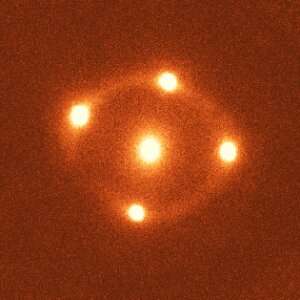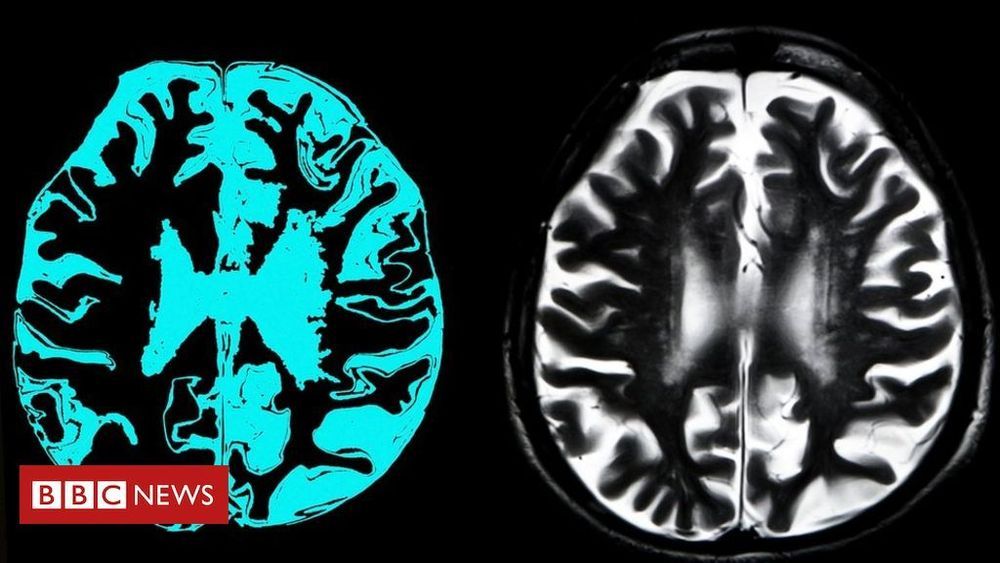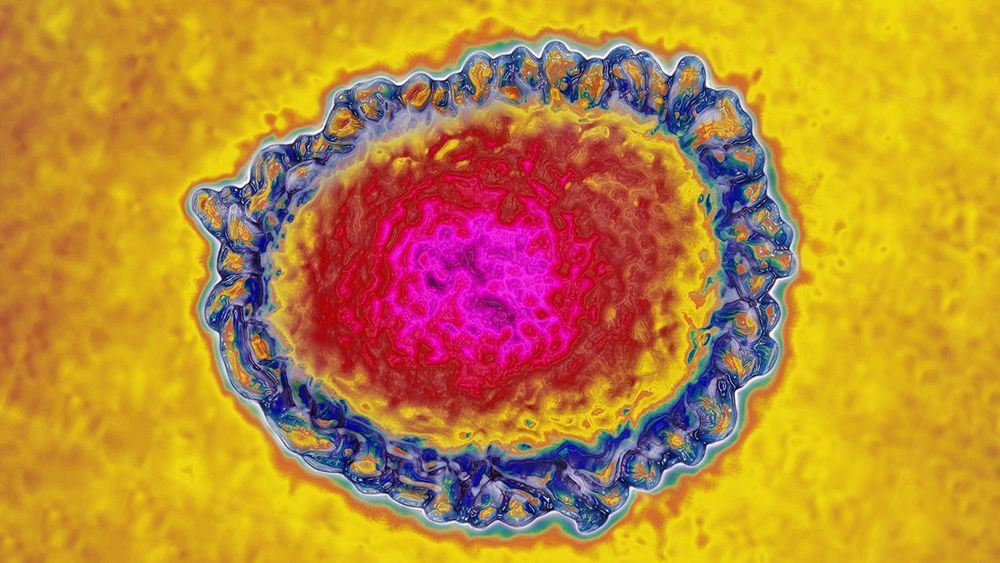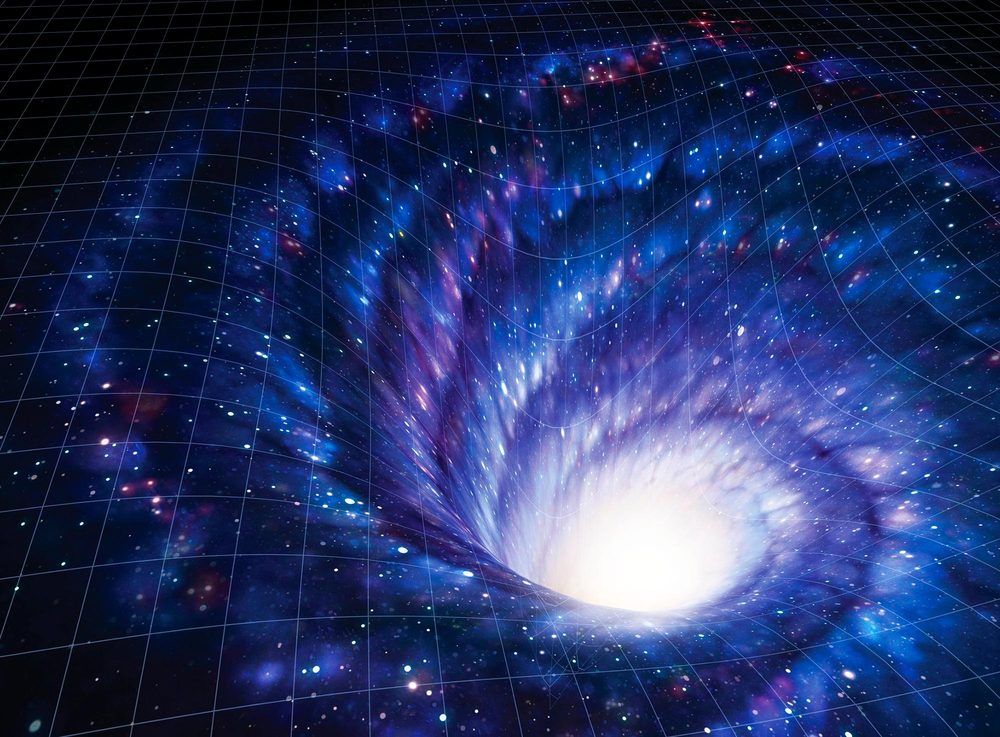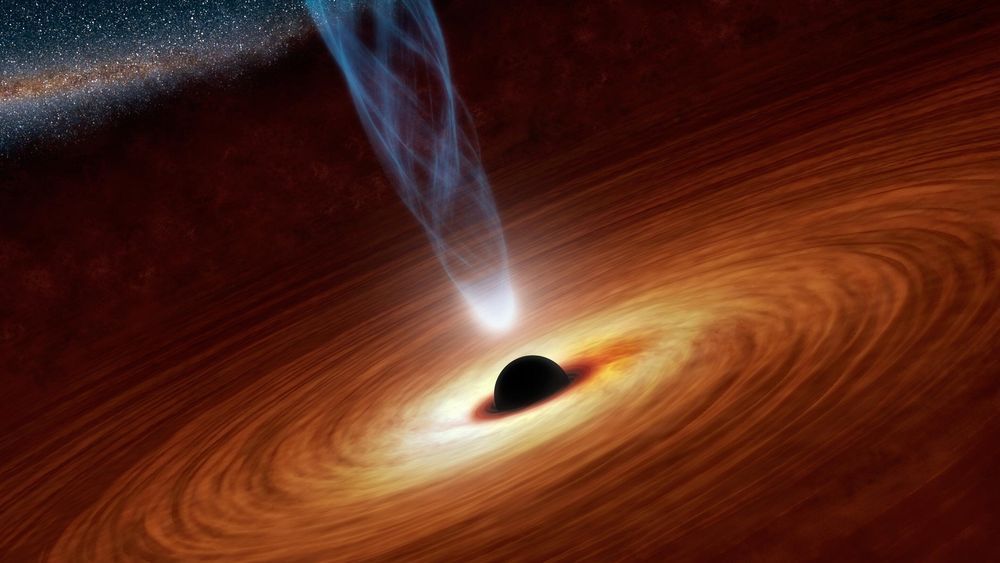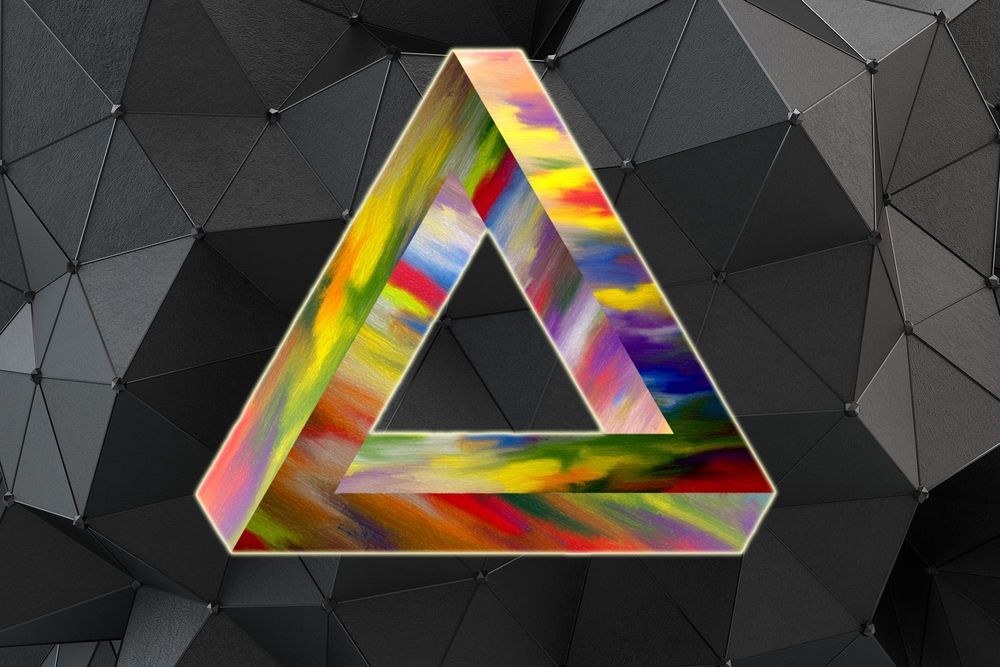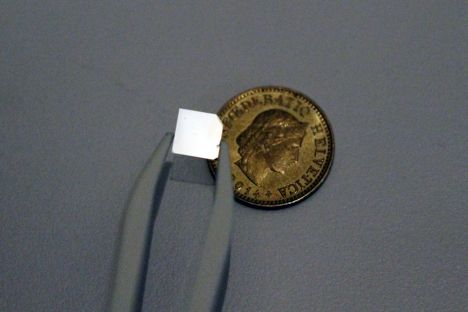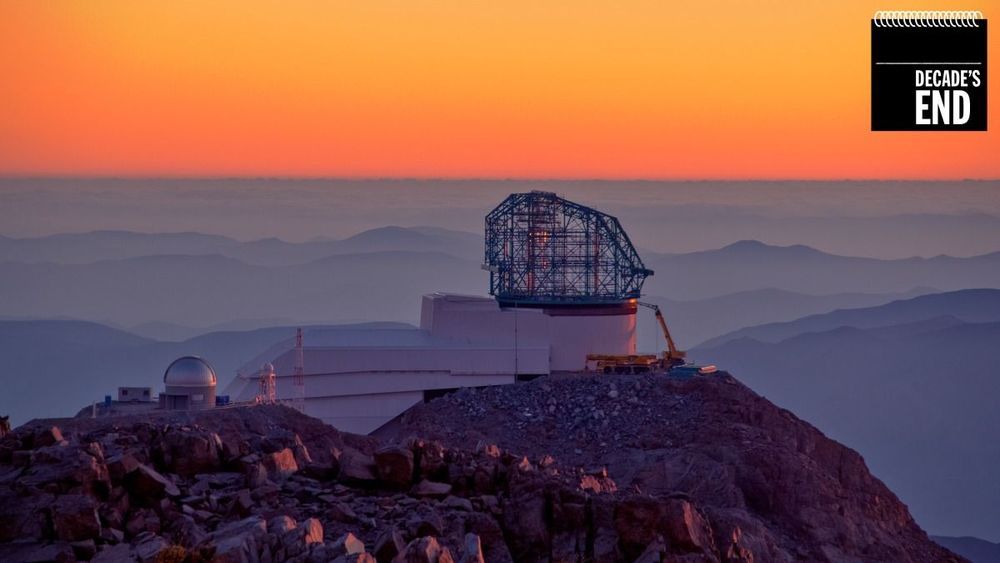Oct 24, 2019
A crisis in cosmology: New data suggests the universe expanding more rapidly than believed
Posted by Paul Battista in category: cosmology
A group of astronomers led by University of California, Davis has obtained new data that suggest the universe is expanding more rapidly than predicted.
The study comes on the heels of a hot debate over just how fast the universe is ballooning; measurements thus far are in disagreement.
The team’s new measurement of the Hubble Constant, or the expansion rate of the universe, involved a different method. They used NASA’s Hubble Space Telescope (HST) in combination with W. M. Keck Observatory’s Adaptive Optics (AO) system to observe three gravitationally-lensed systems. This is the first time ground-based AO technology has been used to obtain the Hubble Constant.
